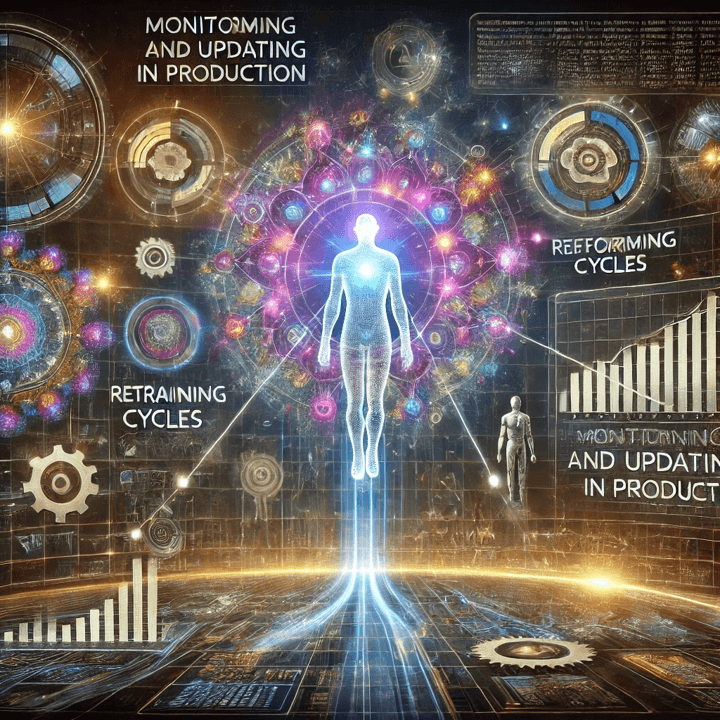| Framework | Autonomy Level | Primary Use Cases | Key Tools/Integrations | Scalability | Ease of Use | Cost/Resource Impact | Limitations | Development Stage |
| Auto-GPT | High | Goal-oriented tasks, content creation | Web browsing, file storage, APIs | Limited | Moderate | High (API costs) | Infinite loops, unstable outputs | Experimental |
| BabyAGI | Moderate | Simple task automation | Vector databases | Low | Easy (prototyping) | Low | Minimal tool integration, text-only focus | Experimental |
| Microsoft AutoGen | High (multi-agent) | Collaborative problem-solving | APIs, human-in-the-loop workflows | Moderate | Complex | Moderate (cloud resources) | Steep learning curve | Maturing |
| LangChain Agents | Moderate-High | LLM-powered apps with toolchains | APIs, calculators, search engines | Moderate | Requires coding | Variable (depends on LLM) | Fragmented APIs, performance bottlenecks | Established |
| SuperAGI | High | Multi-agent workflows, automation | Web search, code execution | Moderate (cloud) | Technical users only | Moderate | Early-stage instability | Early-stage |
| CrewAI | Moderate | Role-based team collaboration | External APIs, data sources | Limited | Moderate | Variable | Sparse docs, integration challenges | Emerging |
| Hugging Face Agents | Moderate | Tool-augmented model pipelines | HF models, APIs, databases | High (model variety) | Requires ML expertise | Variable (compute costs) | Latency in model switching | Maturing |
| MetaGPT | High (specialized) | Software development automation | Code generation, documentation tools | Low | Complex | High (compute) | Narrow focus, overkill for simple tasks | Specialized |
| Google Vertex AI | Low-Moderate | Enterprise chatbots, data analysis | Google Cloud services, no-code tools | High (enterprise) | Easy (low-code) | Subscription-based | Vendor lock-in, limited autonomy | Production-ready |
| DeepSeek-R1 | Moderate (real-time) | Real-time decision-making | Multi-modal inputs, feedback systems | Low | Experimental | Research-focused | Minimal documentation, niche use cases | Research/Experimental |

